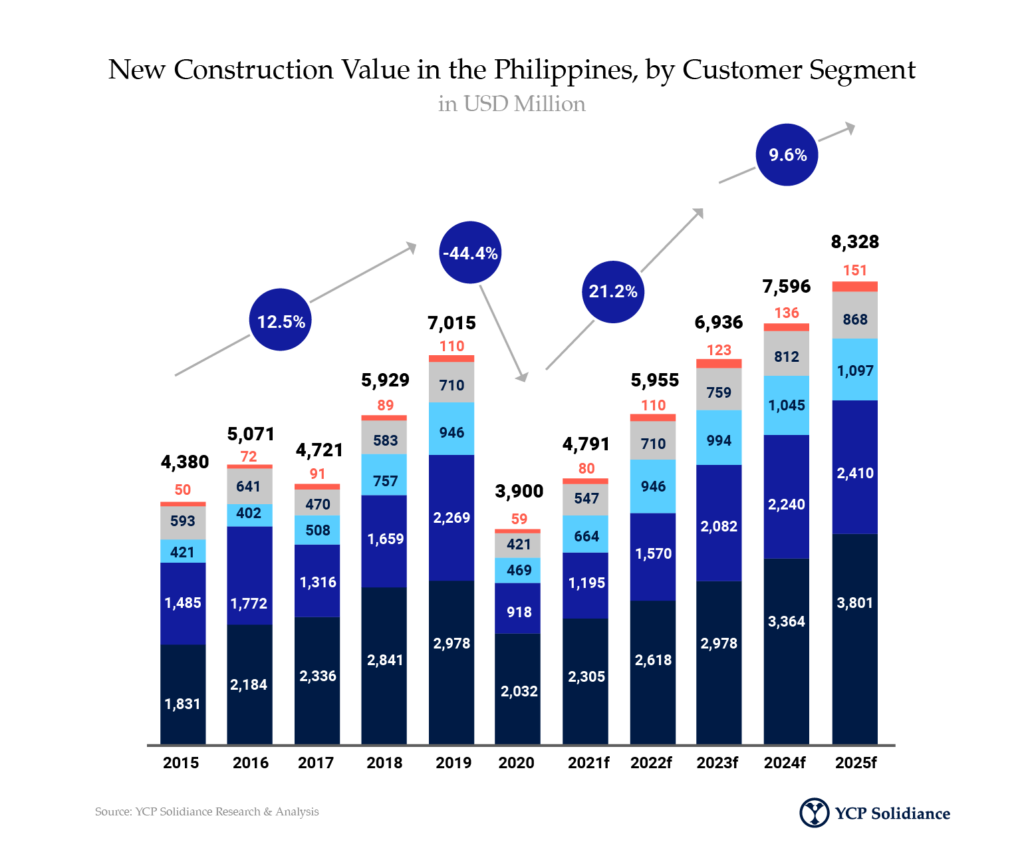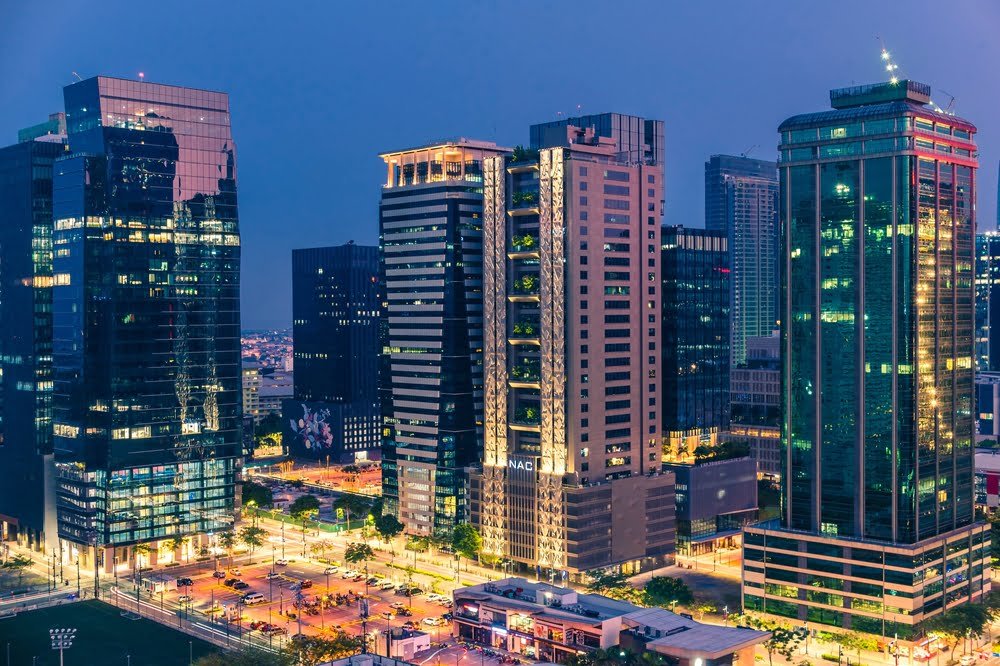The market of Real Estate Development Philippines has shown tremendous growth in recent years, driven by several factors including residential demand, commercial development, and rapid urbanization. As we look ahead to 2024, there are clear trends shaping this growth, from infrastructure development to sustainability efforts. These trends are making the Philippines a competitive player in the global real estate market.
Residential Demand is on the Rise
Residential construction is leading the growth in the Real Estate Development Philippines. In 2023, it held the largest market share, valued at approximately USD 93 billion. One key driver of this growth is the increased demand for affordable housing, particularly from Overseas Filipino Workers (OFWs). In the second quarter of 2023, interest in affordable housing rose from 8.1% to 11.7%.
This growing demand, paired with rising property values, shows that residential construction is a crucial area of development. OFWs are seeing the Philippines as an attractive market for investment, which adds to the overall housing demand in both urban and rural areas.
Urbanization and Population Growth in Real Estate Development Philippines
The Philippines is experiencing rapid urbanization, with the urban population projected to reach 50% by 2030. As more people move to cities, the need for residential and commercial spaces grows. This urban shift is creating opportunities for new housing developments, commercial real estate, and mixed-use projects that combine living spaces with business and retail opportunities.

For instance, Metro Manila’s residential property values grew by 21.2% year-on-year, outpacing cities like Shanghai and Dubai. This significant rise reflects the strong demand for housing in the nation’s capital and highlights the Philippines’ growing real estate market. As cities expand, the demand for modern, integrated communities that meet the needs of both residents and businesses is becoming more evident.
Infrastructure Development Fuels Growth
The government’s ambitious “Build, Build, Build” program is playing a critical role in shaping Real Estate Development Philippines. This initiative aims to improve the country’s infrastructure by building roads, bridges, and transportation systems. Two major projects, the Metro Manila Subway and North-South Commuter Railway, are enhancing connectivity between key areas. These developments are expected to raise property values in connected regions, encouraging more investment in both residential and commercial real estate.
Investments in rural areas are also likely to increase as infrastructure improves access to these regions. Better transportation links mean more opportunities for businesses, which can lead to further growth in the housing market.
Sustainability and Technology are Shaping the Future
Sustainability is becoming a major factor in real estate development. More buyers, especially environmentally-conscious ones, are looking for eco-friendly housing options. Developers are responding by designing buildings with sustainability in mind, incorporating energy-efficient features and using materials that reduce environmental impact. This trend aligns with the global push toward greener living and reflects the changing preferences of modern buyers.
Technology is also transforming Real Estate Development Philippines. Innovations like Building Information Modeling (BIM), robotic automation, and 3D printing are making construction projects faster, cheaper, and more efficient. These technologies help reduce costs and improve the quality of buildings, providing developers with new ways to meet the rising demand for real estate.
The Real Estate Development Philippines is being shaped by a combination of residential demand, urbanization, infrastructure projects, and sustainability initiatives. The country is seeing an increasing demand for affordable housing, particularly from OFWs. On the other hand, urban areas are becoming more attractive due to better connectivity and rising property values. For developers and investors, these trends provide exciting opportunities to tap into a rapidly expanding market. Whether focusing on residential, commercial, or mixed-use projects, the future of real estate development in the Philippines looks bright.

